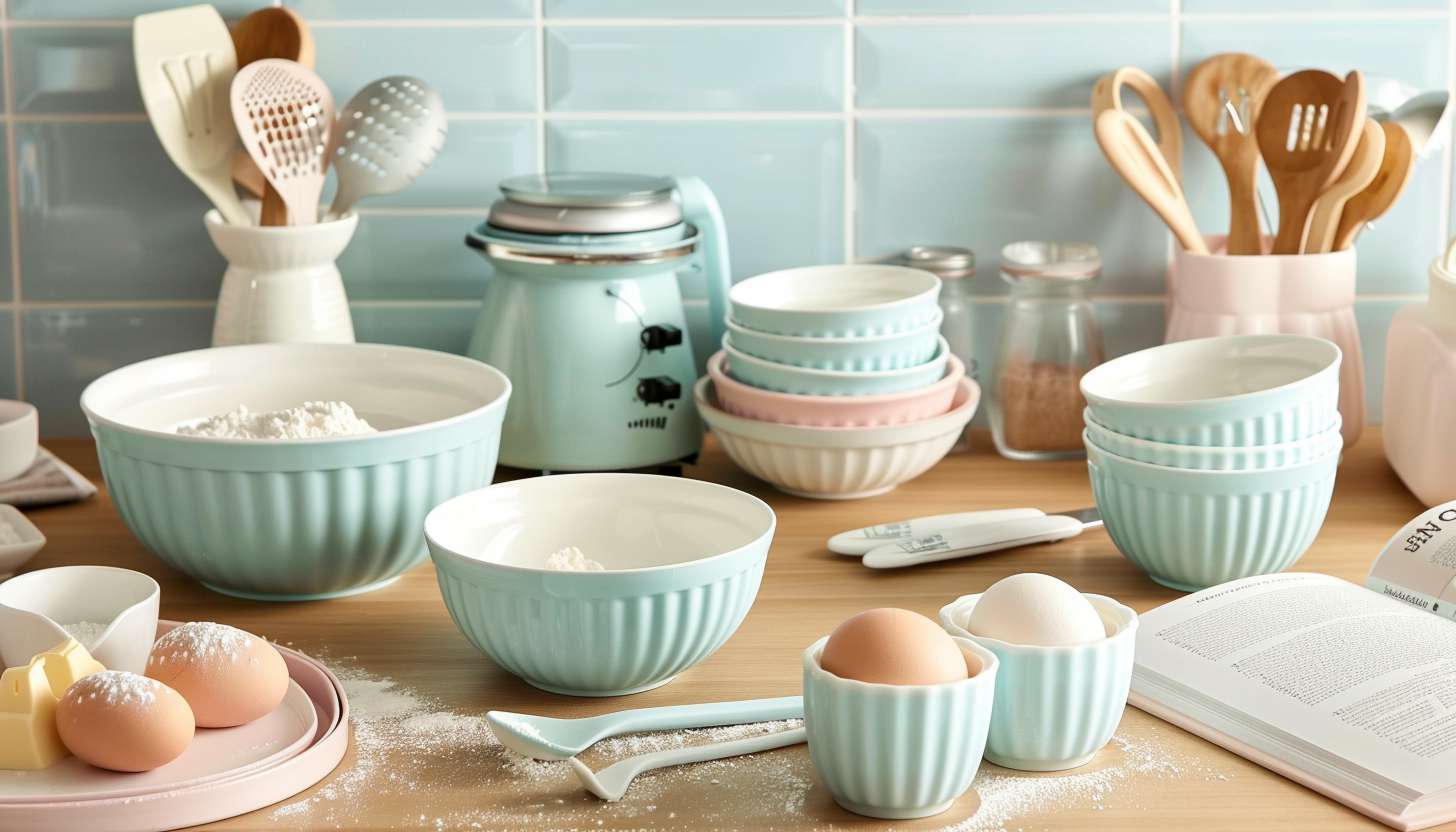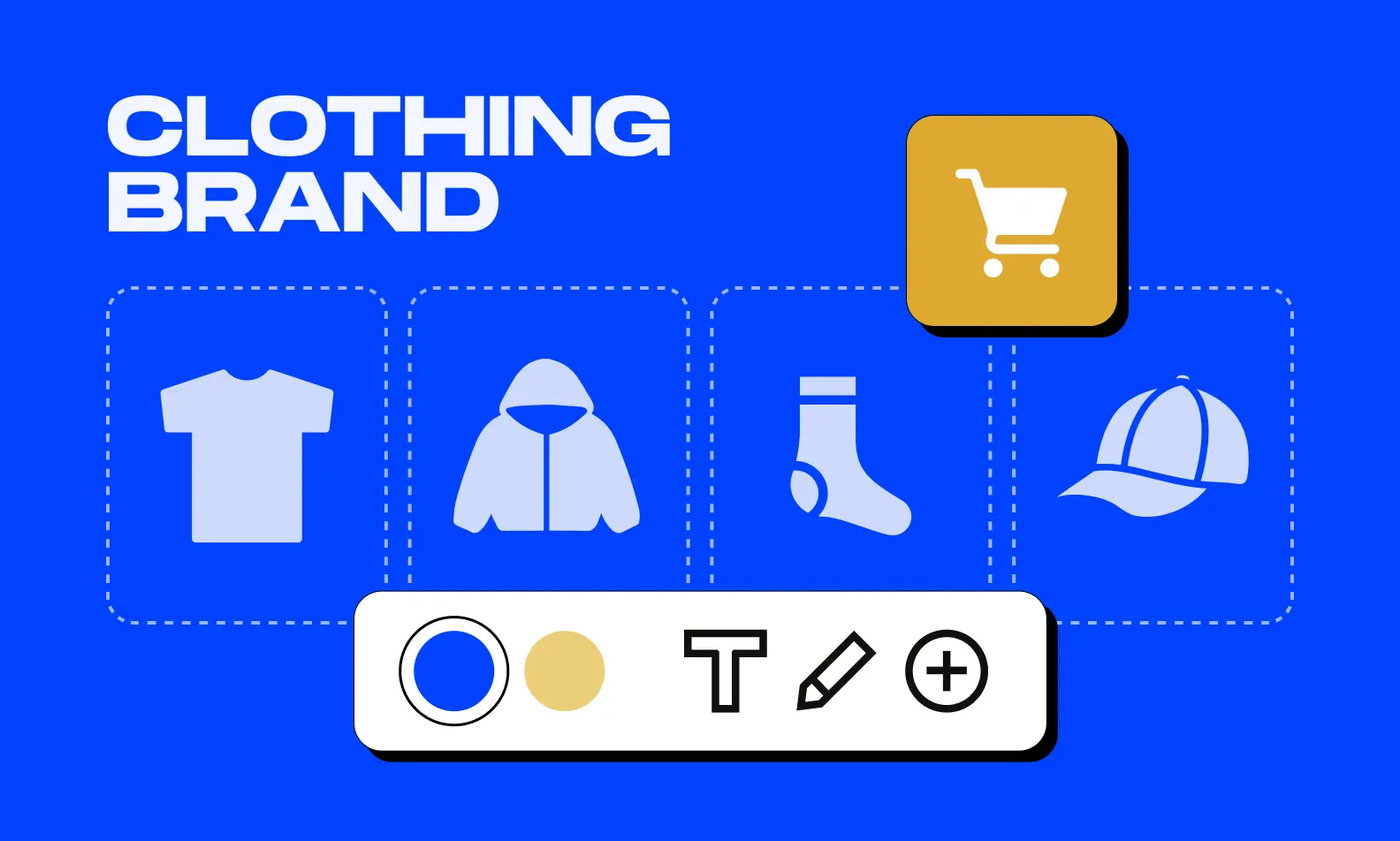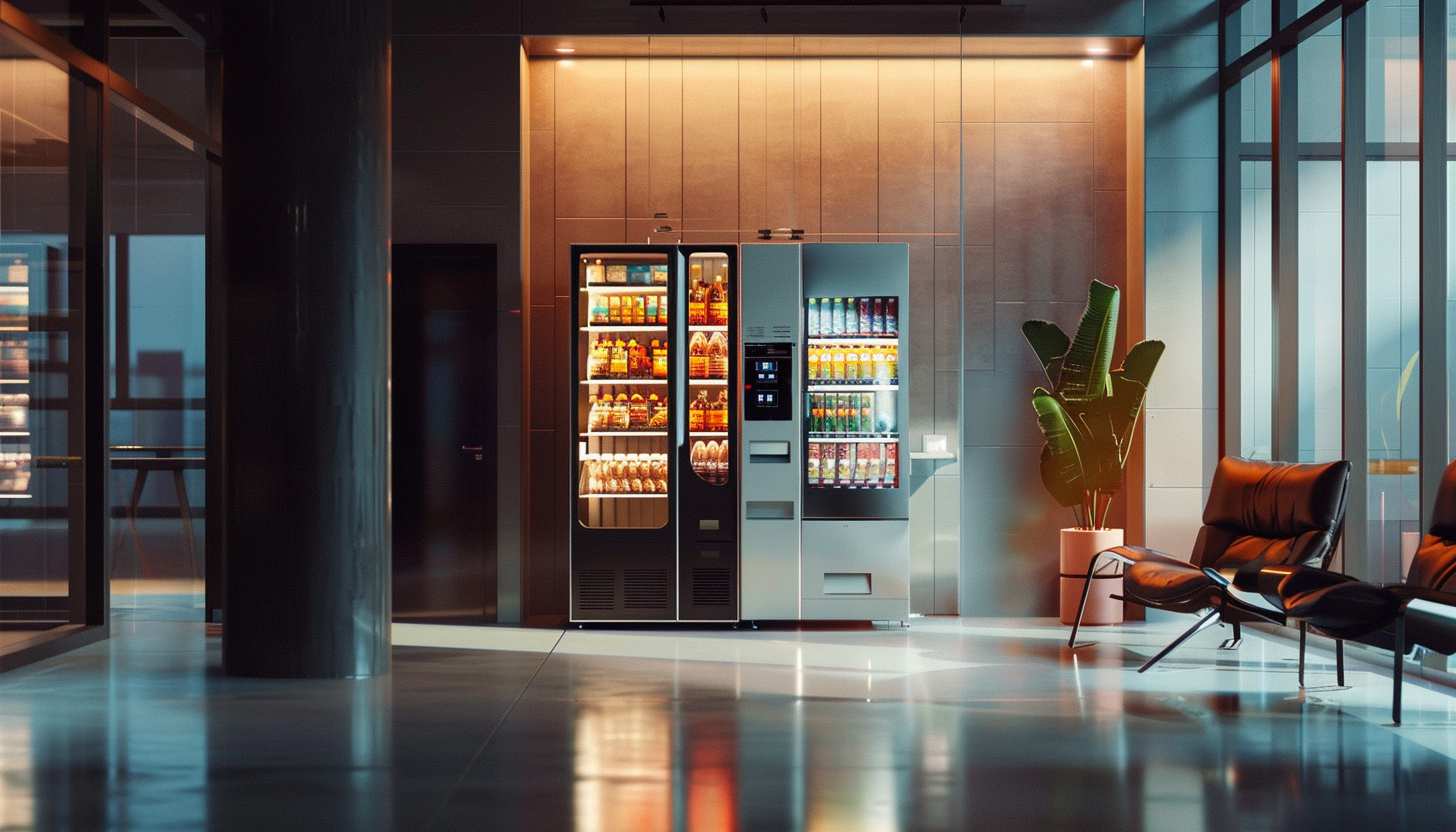More than just a hobby, baking is an activity that can be satisfying and profitable with the right strategic approach. Small home bakeries, specialty cake shops, and full-scale bakeries are within your reach as long as you make the proper moves. Highly competitive, yes, but in a world that thrives in niches with thorough market research, you have every chance to find your spot in the profitability arena. This guide will take you through the essentials of researching and planning how to start a baking business that will help transform your passion into a sustainable venture.
Part 1: Research and Plan Your Baking Business
Before selling your baked goods, it’s essential to lay a strong foundation. Researching the baking industry, understanding your niche, analyzing competitors, and coming up with a solid business plan are the next steps. How to do it right is listed below:

Understanding the Baking Industry
Consumers’ lifestyles, dietary choices, and awareness of healthy choices are driving and changing the demand for baked products. People begin to pay greater attention to eating habits, while the desire to consume healthier bread, such as gluten-free or vegan, raises the demand on the baking side. There are also growing levels of artisan and custom products designed for specific people’s tastes as well as one-time occasions like weddings, promotions, or gifts.
Current Trends in the Baking Industry
Sustainability is another significant factor in the industry, as most consumers prefer bakeries that source ingredients ethically and use eco-friendly packaging. Online ordering and delivery services have facilitated the current form of bread sales, a fashion in which bakers at home, or small businesses easily reach a large market.
Challenges in the Baking Industry
- Ingredient Costs and Supply Chain Issues: Ingredient price fluctuations can affect profitability.
- High Competition: The baking industry is highly competitive, so branding and uniqueness are important.
- Food Safety and Regulations: Health and safety regulations must be followed to operate legally.
Knowing these trends and challenges will enable you to make informed decisions when planning a branding ideas for your baking business.
Identifying Your Niche: What Type of Baked Goods Will You Offer?
Selecting a niche helps differentiate your business in the competitive market. Instead of trying to offer every type of baked good, focus on a specific category that aligns with your skills, target market, and demand.
Popular Baking Business Niches
Some of the popular niches are custom cakes and wedding cakes, artisan bread, gourmet cupcakes, cookies, brownies, and pastries. Healthy options like gluten-free, vegan, and keto-friendly baked goods have also gained popularity. Subscription-based baked goods, dessert boxes, and specialty items for events can also attract a dedicated customer base.
How to Choose the Right Niche for Your Business
- Evaluate Your Skills and Passion: Find a niche where you can best leverage your baking experience and passion.
- Analyze Market Demand: Identify which baked goods are hot and in high demand within your area.
- Analyze Profit Margins: Consider ingredient costs, time it takes to make, and price potential.
- Analyze the Competition: Look for a niche where you have a niche position and unique value proposition.
Choosing a well-defined niche will allow you to focus your marketing efforts on your niche market and eventually earn the loyalty of customers.
Conducting Market Research: Who Are Your Customers and Competitors?
It is market research, therefore that provides you with a clue about your target audiences, preferences, and competition. Hence to come up with a winning strategy, it is essential to understand your potential customers as well as your competitors.
Defining Your Target Audience
You can determine who your ideal customers are by asking yourself the following questions:
- Who would be interested in my baked goods? (Families, event planners, health-conscious individuals, coffee shops, etc.)
- What do they like? (Classic desserts, artisanal breads, thematic cakes, dietary-specific options, etc.)
- Where would they get baked goods? (Bakery within the locality, through an online store, farmers’ market, etc.)
- How much are they ready to pay for that premium baked good?
Understanding Your Competition
Analyzing competitors is just as important. Visit local bakeries, browse their online presence, and study their product offerings, pricing, and customer reviews. Look for gaps in the market—perhaps there is a lack of high-quality vegan baked goods in your area, or maybe existing bakeries don’t offer online ordering and delivery. Identifying what competitors do well and where they fall short will give you insights into how you can position your business uniquely.
Methods of Market Research
- Online Surveys and Polls – Use Google Forms or social media to collect feedback.
- Observational Research – Go to local bakeries and see what people are buying.
- Competitor Analysis Tools – Use Google Trends, Yelp, and social media analytics.
- Test the Market – Sell a small batch of your baked goods at local events or through an online pre-order system.
Knowing your target customers and competition will help you create a unique value proposition that attracts loyal buyers.
Creating a Business Plan: Financial Projections and Goals
A business plan is necessary to secure funding, set clear objectives, and ensure long-term success. It includes your business goals, strategies, and financial planning.
Key Components of a Baking Business Plan
- Executive Summary: A short summary of your business, which includes your niche, target market, and goals.
- Business Description: Details about your bakery, location, and unique selling proposition.
- Market Analysis: Insights on industry trends, target audience, and competitive landscape.
- Product Line and Services: A detailed list of baked goods you plan to offer.
- Marketing Strategy: How you will promote your business (social media, local events, partnerships, etc.).
- Operational Plan: Business structure, location, equipment needs, and daily operations.
- Financial Plan: Budget, start-up costs, pricing strategy, and revenue projections.
Financial Planning for Your Baking Business
There is probably no more crucial section than the financial planning one. All of the startup costs, including ingredients, baking equipment, packaging, and licensing fees, must be assumed for a business. This is accompanied by the strategy for pricing your baked goods and revenue projections. Break-even analysis will indicate how much you need to sell to cover all costs and produce any profit. Short-term and long-term financial goals will keep the business on track and allow you to make adequate measurements.
Part 2: Legal Requirements and Business Registration
Before you can start selling your baked products, a fact to keep in mind is that your business has to be registered and compliant with the laws governing your area. Understanding the legal aspects of your baking business will protect you from fines and liabilities while helping you build credibility.
Choosing a Business Structure (LLC, Sole Proprietorship, etc.)
A key step in how to start a baking business is choosing the right business structure, such as an LLC or sole proprietorship. The kind of business structure you opt to determine your taxes, liability, and financial management.
- Sole Proprietorship: A simplest, most common structure for small home-based businesses. However, it does not require formal registration, but you remain responsible personally for whatever debt or legal issues.
- Limited Liability Company (LLC): Fantastic choice for little baker owners and if they aim at protecting other personal assets with limited liability in company. One gains liability and flexibility in taxing from an LLC.
- Partnership: if two people wish to start, there is something known as the partner firm- through which an owner can take upon the person he is joined for sharing equal shares of either responsibilities, profitability or loss made.
- Corporation: More complex in structure, appropriate for larger businesses, which might seek investors or be planning expansion. It provides more liability protection but requires more paperwork and more taxes.
Your business size, financial goals, and risk tolerance determine the correct choice. If you are not sure, consider talking to a legal or financial professional to get the best choice.
Obtaining Business Licenses and Permits
Licensing and permits play a significant role in how to start a baking business legally and professionally. These requirements vary by location, so check with your local government or health department.
Common licenses and permits include:
- Business License: Required to legally operate in your city or state.
- Food Handler’s Permit: Certifies that you understand proper food safety practices.
- Health Department Permit: Commercial kitchens need routine health inspections
- Cottage Food License: The sales of baked goods that were home-made often requires a license from local cottage food laws.
- Sales Tax Permit: Need one if you state requires that you collect the sales tax from foods.
Failure to obtain proper permits may result in fines or force a business to close, so it is very important to complete this step before selling baked goods.
Understanding Cottage Food Laws and Health Regulations
If you are starting an at-home bakery, you need to familiarize yourself with cottage food laws. These laws vary by state and determine which homemade food products can be sold without a commercial kitchen. Following cottage food laws is essential for those exploring how to start a baking business from home. You may also be restricted as to where you can sell, such as a farmers’ market, online, or direct to consumers. If you intend to expand your business beyond cottage food, you will need to move to a commercial kitchen, which has stiffer health regulations.
Registering for Taxes and Getting an EIN
To operate legally, you must register your business for taxes. You will also get an Employer Identification Number from the IRS if you do not even have employees as this is absolutely free, segregating your finances between your own and your business. Check your state’s tax requirements. Some states expect food businesses to add sales tax, while others exempt home-baked goods. It is also a good idea to have an accountant or tax professional advise you on how to meet all tax requirements.
Part 3: Setting Up Your Baking Workspace and Equipment
We will explore the different equipments, tools and workspace that are good on how to start a baking business.
Home-Based Bakery vs. Commercial Kitchen
Deciding where to operate your baking business depends on your production needs and legal requirements. A home-based bakery is cost-effective and convenient but may have limitations under cottage food laws. On the other hand, a commercial kitchen provides a professional space with more capacity but comes with higher expenses. If you need a commercial kitchen but don’t want to invest in your own, you can rent a shared commercial kitchen, which gives access to licensed equipment on an hourly basis.
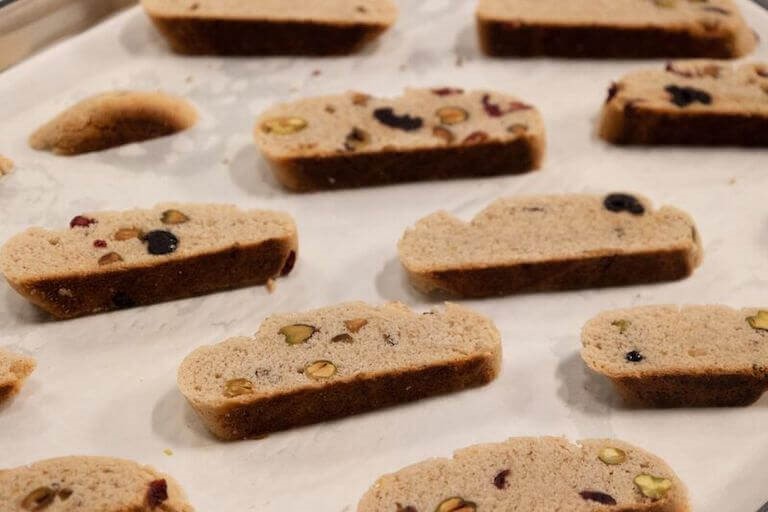
Essential Baking Equipment and Supplies
Baking equipment and supplies are indispensable in a home or any commercial baking space. The must-have items include:
- Ovens and Mixers: Invest in the best convection oven and a commercial-grade mixer to enhance efficiency.
- Baking Pans and Tools: You need a selection of baking sheets, cake pans, measuring tools, and pastry bags.
- Storage and Refrigeration: Proper storage ensures ingredients do not spoil and are compliant with health regulations.
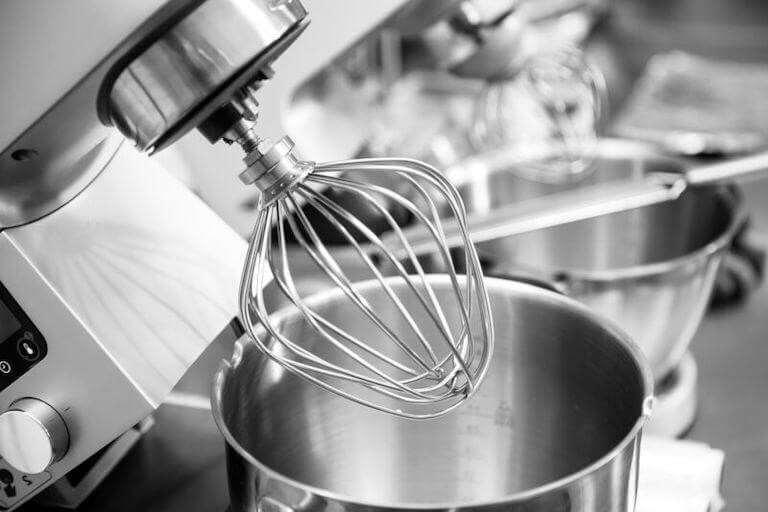
Organize Your Kitchen for Productivity and Hygiene
Optimize your kitchen space to avoid congestion and promote flow. Label the ingredients, and store utensils within easy access. Assign different zones for preparing food, baking, and packaging. In addition, implement a sanitation routine, if health regulation requires.
Selecting Good Quality Ingredients and Vendors
High-quality ingredients will make your bakery stand out. Organic flour, prime chocolate, and farm-fresh eggs will bring the best flavors to your product. Reach local suppliers for freshness in ingredients, bulk pricing for supplies.
Part 4: Pricing Your Baked Goods for Profitability
Pricing is the important factor if you have question on how to start a baking business to establish a profitable brand.
Calculating Costs: Ingredients, Labor, and Overhead
To price your baked goods profitably, you need to calculate all costs: ingredients, labor, packaging, and overheads such as utilities and rent. Divide your total expenses by the number of products produced to determine your cost per item.
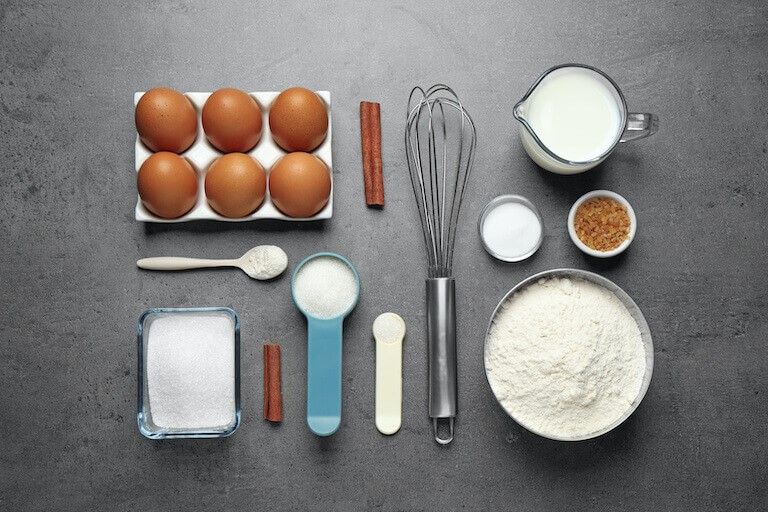
Competitive Pricing Strategies
You must research competitors’ prices to avoid overpricing or underpricing your products. If you use premium ingredients or offer custom designs, you can justify higher prices by emphasizing quality and uniqueness.
How to Offer Discounts Without Losing Profits
To attract customers, offer discounts strategically. Instead of reducing prices, bundle products, provide loyalty rewards, or offer special promotions for bulk orders. This ensures profitability while encouraging repeat business.
Part 5: Building Your Online Presence and Selling Your Baked Goods
If you want to know how to start a baking business than you should know how to build online presence and sell baked goods.
Creating a Website and Online Store
If you’re wondering how to start a baking business, creating an online store will help you reach a wider audience. A professional website allows customers to browse your products, place orders, and learn about your business. Use platforms like Shopify, Wix, or WordPress to create an easy-to-navigate website with clear product descriptions and high-quality images.
Best Platforms to Sell Baked Goods Online
Apart from selling through your website, consider using channels such as Etsy, Instagram, or Facebook Marketplace. All of these offer opportunities to connect to a much broader audience, hence allowing easier sales options for buyers. Social media platforms like Instagram and TikTok are powerful tools when promoting and learning how to start a baking business.
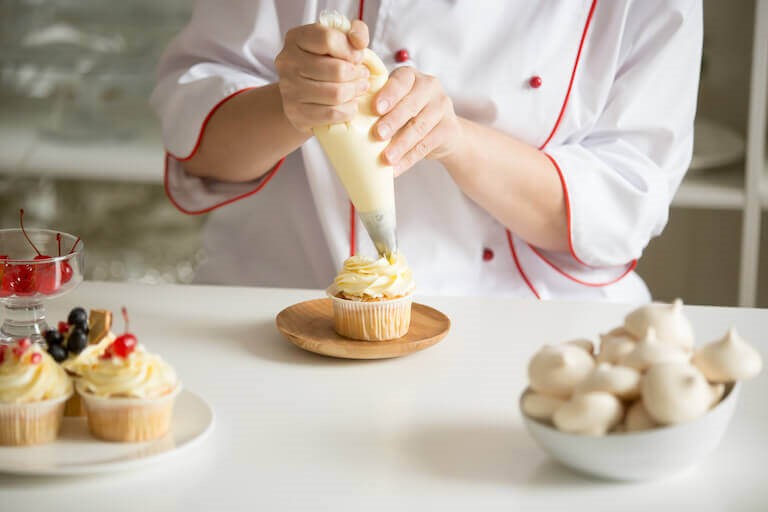
Optimizing Your Website for SEO and Online Visibility
To gain more customers, optimize your website for search results and employ relevant keywords such as “custom cakes near me” or “gluten-free bakery online.” Update regularly with blog posts, customer testimonials, and promotions for seasonal business boosts.
Managing Orders, Deliveries, and Customer Service
A good management of orders is essential for satisfaction of customers. Use online payment systems, provide clear delivery timelines, and offer excellent customer service to build trust. If offering delivery, associate with a courier service that can be trusted or establish local pickup options.
Part 6: Marketing Strategies to Promote Your Baking Business
It’s exciting to start a baking business, but it is challenging to attract customers and generate consistent sales without effective marketing. Marketing allows you to build your brand, reach new customers, and attract a loyal following. In the digital world, online and offline marketing strategies blend together to give your bakery an incredibly powerful presence. Below are the best ways to promote your baking business and increase visibility.

Social Media Marketing
Social media is one of the most significant channels for you to promote your baking business. It includes platforms like Instagram, TikTok, and Pinterest. These mediums are highly visual and perfect to present your delicious baked goods in a mouthwatering way.
Using Instagram is unavoidable for bakers as it’s an excellent application for sharing picture-perfect presentations of your items. Here are the ways on how to best utilize Instagram effectively:
- Share High-Quality Images: Use natural light and beautiful backgrounds to make your baked goods stand out.
- Uses Instagram Reels: Short videos on cake decorating, behind-the-scenes, or baking tips will reach a wider audience.
- Use Hashtags Wisely: Popular hashtags such as #HomeBaker, #BakingBusiness, and #CakeDecorating will help potential customers find your business.
- Engage with Your Audience: Respond to comments, engage with followers, and use Instagram Stories to connect with your audience.
TikTok
TikTok is the fastest-growing platform for food-related content, and bakers have seen enormous success with short, engaging videos.
- Create Recipe Tutorials: Show quick and easy baking techniques in under 60 seconds.
- Before-and-After Videos: Display the transformation from raw ingredients to beautifully decorated cakes.
- Be a Trend Follower: Engage in viral baking challenges, and make sure to use trending sounds to enhance your reach.
- Collaborate with Other Content Creators: Partner with other small businesses or food influencers for cross-promotion.
Pinterest is a visual search engine. Therefore, this is an ideal platform for the sharing of recipes, cake designs, and baking tips.
- Create eye-catching pins: High-quality images with text overlays, for instance, “Best Cupcake Flavors for Weddings,” drive traffic to your website.
- Optimize for SEO: Use keywords in pin descriptions so users can find your content through searches.
- Link back to your website: Every pin should link to your website or online store, which increases the chances of conversion.
Email Marketing and Customer Retention Strategies
Email marketing will ensure that you do not lose the contact of the customers. Unlike social media, where algorithms control visibility, email marketing ensures that your message reaches your audience. You can offer freebie like discount tokens, recipe etc and collect Emails at checkout and also promote yourself via Emails.
Word-of-Mouth and Customer Reviews
Customer recommendations are one of the most powerful forms of marketing. Happy customers will naturally promote your bakery to friends and family, but you can encourage this further. After a purchase you can ask satisfied customers to request a review on Google, Yelp, or Facebook. You can offer Small discounts or freebies for those who leave reviews.
Collaborating with Local Businesses and Influencers
Building relationships with local businesses and influencers can accelerate success in how to start a baking business. The local businesses and influencers can contribute to the broader reach. Look into:
- Cross-Promotions: Partnering with coffee shops, florists, or event planners to promote bundled deals.
- Influencer Marketing: Providing free samples for food bloggers or local influencers who can give some social media promotion.
- Community Events: Attend farmers markets, charity gatherings, or festival events to have a brand visible in the surrounding community.
Part 7: Creating a Strong Brand Identity for Your Baking Business
Brand identity represents that which allows your baking business to stand out from others. It includes logo colors, message, and imagery. Arvin AI can assist with branding when learning how to start a baking business by providing an easy-to-create, professional logo. Among the most important branding elements for your baking business is the logo. This will be used on your website, packaging, business cards, and social media. Arvin AI logo design tool is a very powerful which may help you in creating a professional, visually appealing logo in a few minutes.
Key Features of Arvin AI
- AI-Powered Customization: Get ideas for logos tailored to your business name and niche.
- Thousands of Design Options: Choose from a variety of fonts, colors, and symbols that reflect your brand’s personality.
- Easy to Use: No design skills needed—just enter your business name, select your style, and customize your logo.
- Instant Download: Get high-resolution files ready for website, social media, and product packaging.
Steps to Create a logo with Arvin AI
Step 1: Sign Up & Log In
Go to Arvin AI’s logo maker, create an account, and log in to start designing.
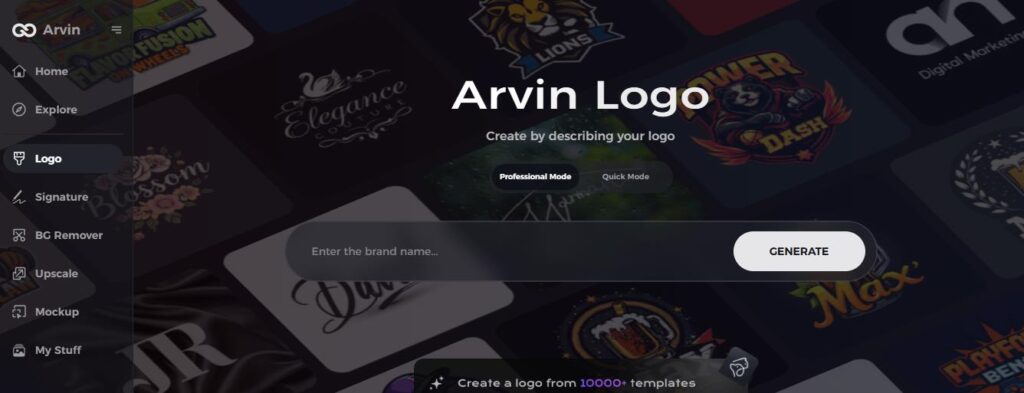
Step 2: Enter Your Brand Details
Add your food truck name, slogan, and industry. Choose design preferences like font styles and colors.
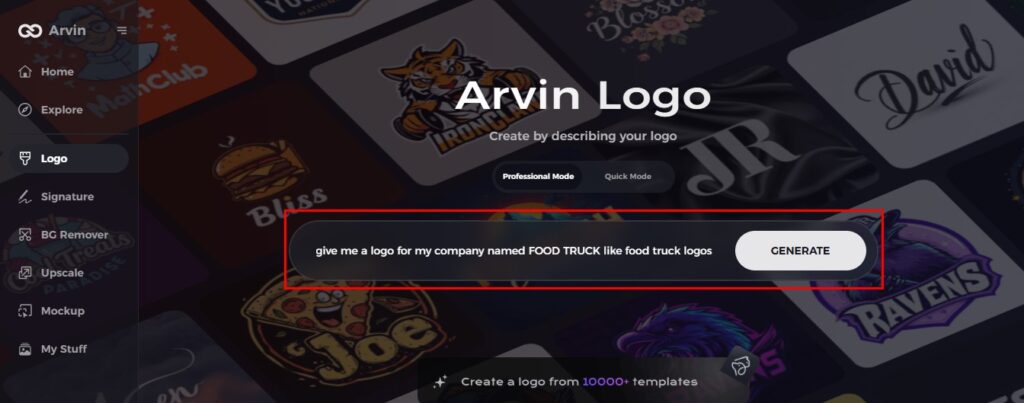
Step 3: Select Your Industry
Pick a related category to help Arvin AI generate relevant logo ideas.
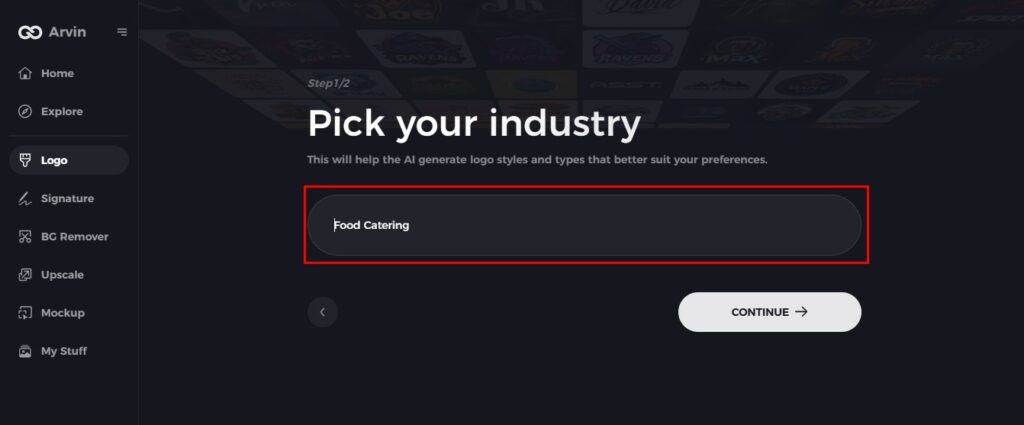
Step 4: Choose a Logo Style
Select a design style that fits your brand’s personality for better customization.
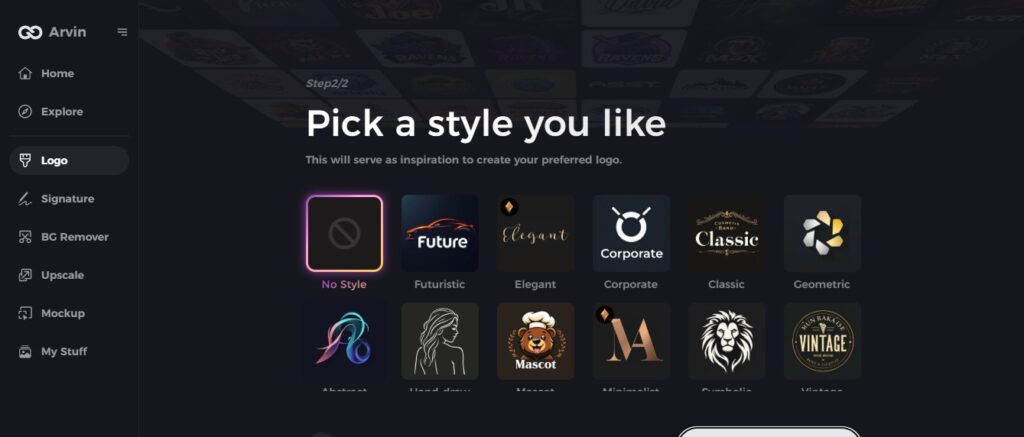
Step 5: Customize Your Logo
Use Arvin AI’s tools to adjust fonts, layouts, and symbols until the design looks perfect.
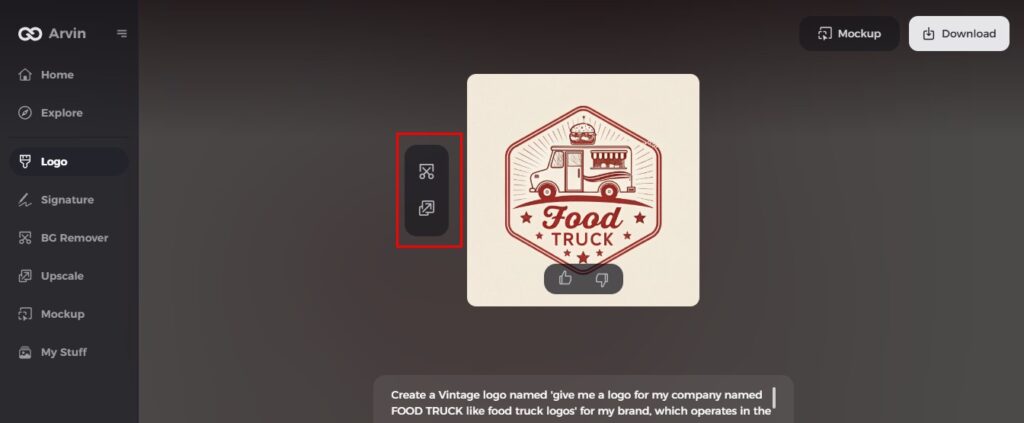
Step 6: Save & Download
Preview your logo and download it in high resolution for use on your truck and marketing materials.
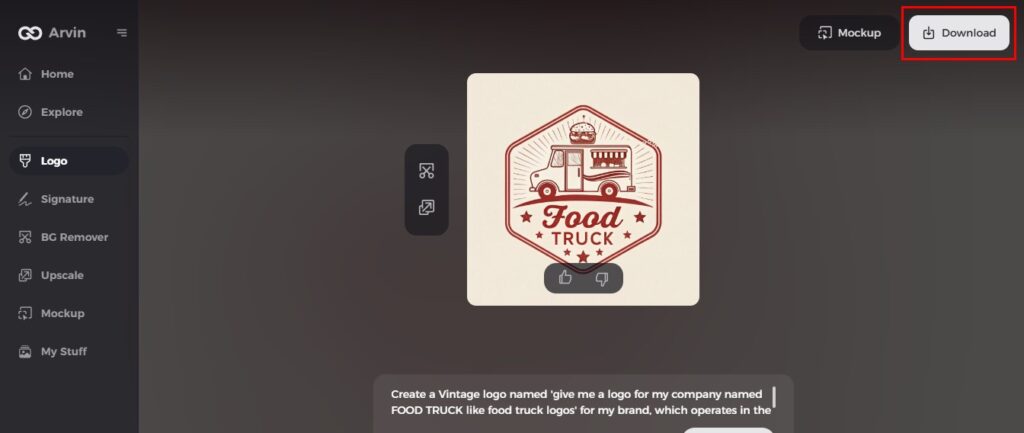
Conclusion
A successful baking business requires passion, strategic marketing, and branding. With the right marketing and branding strategies, anyone can master how to start a baking business and achieve long-term success. Through social media, you can display your mouthwatering creations and gain a loyal customer base on Instagram, TikTok, and Pinterest. A professional logo designed with Arvin AI will give your business a polished and trustworthy image and make you different from the rest. It is the best time to take action—design your custom logo with Arvin AI and start creating a brand that customers will love and remember!
FAQs on How to Start a Baking Business
How much does it cost to start a baking business?
It depends on equipment, licensing, and ingredients, among other factors. A home-based bakery may start at $500 to $5,000, while a commercial bakery can be more than $10,000.
Do I need a professional kitchen to sell baked goods?
If operating under cottage food laws, you can bake from home. If you plan on selling wholesale or need higher production capacity, you may need a commercial kitchen.
What are the best social media platforms for marketing a baking business?
All of these are excellent sources for visual marketing: Instagram, TikTok, and Pinterest. For longer forms, one may be able to monetize using Facebook or YouTube for reaching customers in the area.
How can I price my baked goods to ensure profitability?
Estimate costs on ingredients, labor, and overhead. Compare with competition to set prices based on profit margins.

